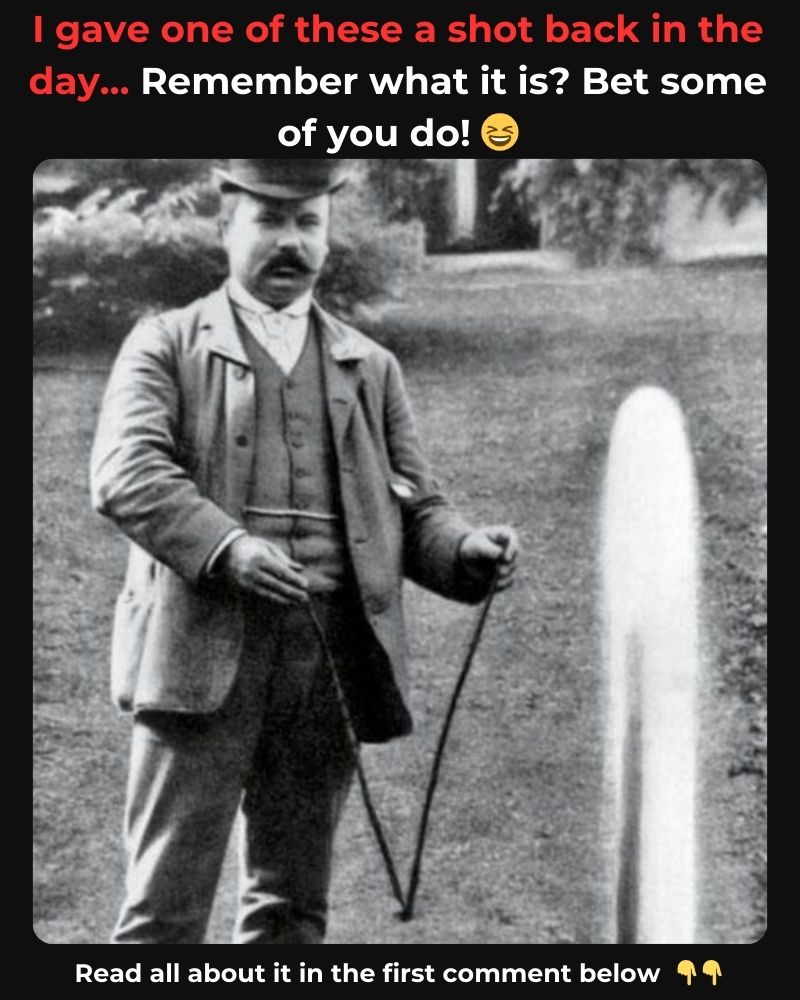The image of a man holding a peculiar Y-shaped stick, seemingly walking with purpose and concentration, might seem strange to those unfamiliar with its history. But for those who know, this is not just any stick. This is a dowsing rod, a tool believed to hold mystical powers, guiding its user to sources of water hidden deep underground. In an era before sophisticated geological technology, the dowsing rod was a must-have for rural communities, farmers, and anyone seeking to locate a reliable water source.
What Is a Dowsing Rod?
A dowsing rod is typically a Y-shaped branch or two separate L-shaped rods held in each hand. The Y-shape, often made from hazel or willow wood, was favored for its supposed natural sensitivity to water. As the dowser, or “water witch,” held the rod loosely and walked slowly over the land, the rod was believed to react to subterranean water sources. If water was close to the surface, the rod would tilt or bend, seemingly of its own accord, pointing the dowser to where they should dig.
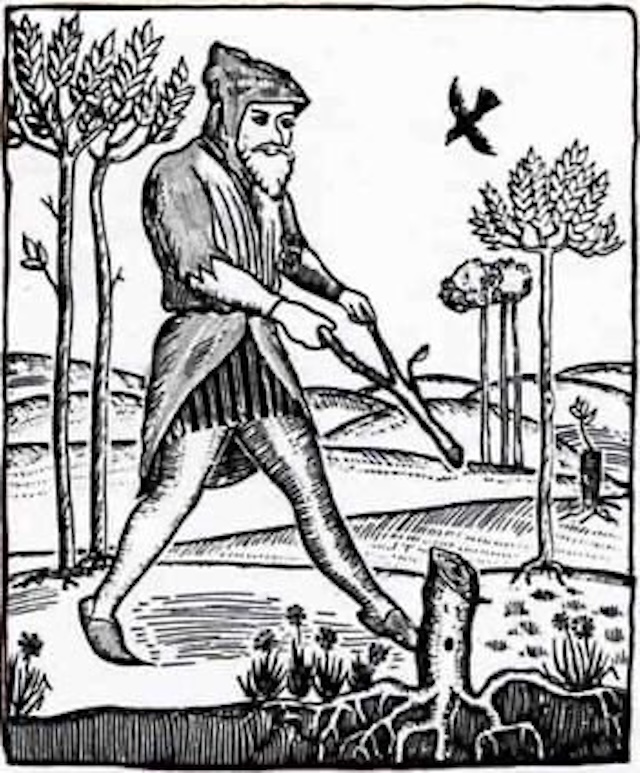
While science has long debated the legitimacy of dowsing, the practice remained popular for centuries. For many, the dowsing rod was a blend of practical utility and magical mystery, one that seemed to operate beyond the boundaries of scientific explanation.
The Popularity of Dowsing in the Past
During the 18th and 19th centuries, dowsing rods were widely used across Europe and North America. In rural areas, especially where finding water was essential for survival, dowsing became an integral skill. Stories circulated about renowned dowsers who could find water with astonishing accuracy. Some even claimed to detect metals, minerals, and even lost objects with their rods, turning dowsing into a highly respected, almost mystical practice.
People from all walks of life would turn to dowsers for help, and it wasn’t uncommon for farmers to learn the practice themselves. The dowsing rod became an emblem of rural resilience, passed down from one generation to the next. While some saw it as a gift, others believed anyone with enough patience and practice could master the art of dowsing.
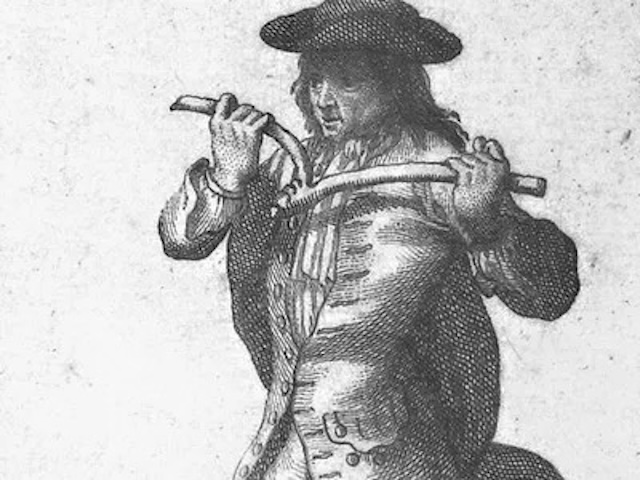
How the Dowsing Rod Worked
While scientists have been skeptical, the believers had their explanations. Many dowsers claimed that the rod worked by tuning into the natural energy fields of water, which supposedly exerted a force on the wood, making it bend. Others said it was a matter of “intention” — that the rod would only work if the dowser’s mind was set on finding water.
The technique involved holding the dowsing rod loosely and walking with a slow, purposeful pace over a field or plot of land. As the dowser focused on the goal of finding water, they would feel the rod move or dip towards the ground at certain points. To this day, some claim that a skilled dowser can pinpoint the exact depth of the water source, although such assertions have always been contentious.
Fascinating Events and Stories
- Royal Endorsements: During the 17th century, the practice of dowsing gained royal attention. King Louis XIV of France reportedly hired a dowser to locate water sources for his palace gardens. This endorsement gave the practice a level of prestige that cemented its place in French culture.
- World War II Espionage: The British army reportedly employed dowsers during World War II to locate water sources in the arid North African desert. While the results were mixed, this use of dowsing rods in a modern military context is a testament to the lasting belief in their effectiveness.
- Gold and Treasure Hunting: Beyond water, some dowsers claimed their rods could locate valuable metals like gold and silver. Stories abounded of miners in the American West who used dowsing rods in their quest for fortune. Some even insisted that the rods could reveal buried treasures or long-lost artifacts, adding an air of adventure to the practice.
- Controversial Experiments: In the 20th century, scientists began testing the validity of dowsing, often with disappointing results. Despite numerous studies, science has yet to find concrete evidence that dowsing rods reliably detect water. Nevertheless, dowsers remain undeterred, believing that science simply cannot explain everything.
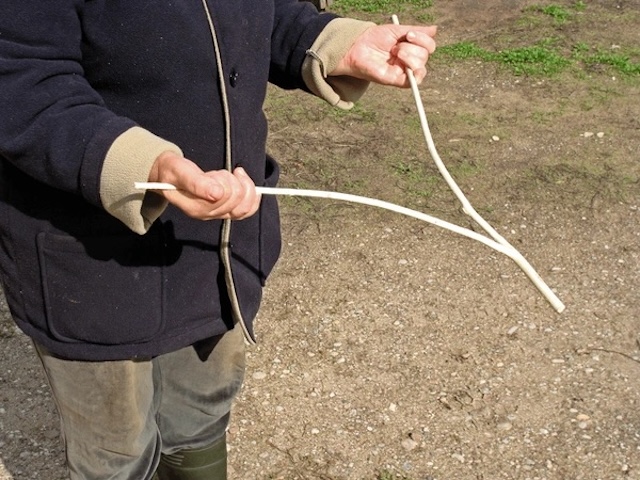
The Decline of the Dowsing Rod
With advancements in geological sciences and technology, the use of dowsing rods has declined significantly. Today, tools like ground-penetrating radar and satellite imaging make it easier to locate water sources with accuracy, without relying on mysterious forces. The art of dowsing has shifted from a practical necessity to more of a cultural curiosity or hobby.
Yet, for some rural communities and traditionalists, the dowsing rod still holds sentimental value. It serves as a reminder of a time when people relied on intuition, skill, and a touch of the mystical to survive. And while most professionals may scoff at the idea, there are still those who swear by the old ways.

The Legacy of the Dowsing Rod
The dowsing rod might not be a common tool today, but its legacy is alive in folklore, movies, and even in modern mystical practices. Some people continue to use dowsing in alternative medicine, claiming that the rods can identify energy imbalances in the body or even diagnose ailments. Whether or not one believes in such abilities, the continued fascination with dowsing rods speaks to humanity’s enduring love for the mysterious.
As we look at the image of this man with his dowsing rod in hand, we’re reminded of a world where magic and practicality were intertwined. The dowsing rod stands as a symbol of a bygone era, a tool that brought hope and mystery to those who wielded it. Perhaps it’s the very fact that we can’t fully explain it that keeps our fascination alive.
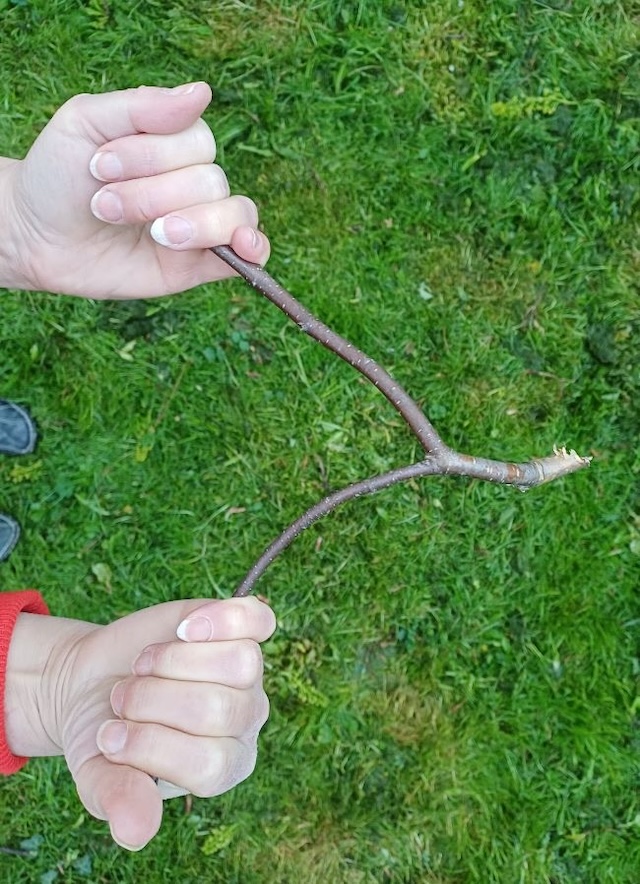
Conclusion
The dowsing rod is more than just an old tool; it’s a piece of history that reflects our ancestors’ ingenuity and beliefs. While we may never fully understand how or why it worked for those who used it, there’s something charming about its simple design and the hopeful purpose it served. For those who still practice dowsing today, the dowsing rod is a reminder that sometimes, the simplest tools can carry the deepest mysteries.
